Skin Cancer: Types, Symptoms, Prevention, and Treatment Options
Skin cancer is the most common type of cancer in the United States. It develops when abnormal skin cells grow uncontrollably, often as a result of long-term sun exposure or even tanning bed use. While some types of skin cancer are more serious than others, most can be treated effectively, especially when caught early.
This page provides an overview of the most common types of skin cancer, how to recognize them, and what treatment options are available.
At Callahan Sinus & Allergy, we diagnose and treat a wide range of skin cancers here in our office.
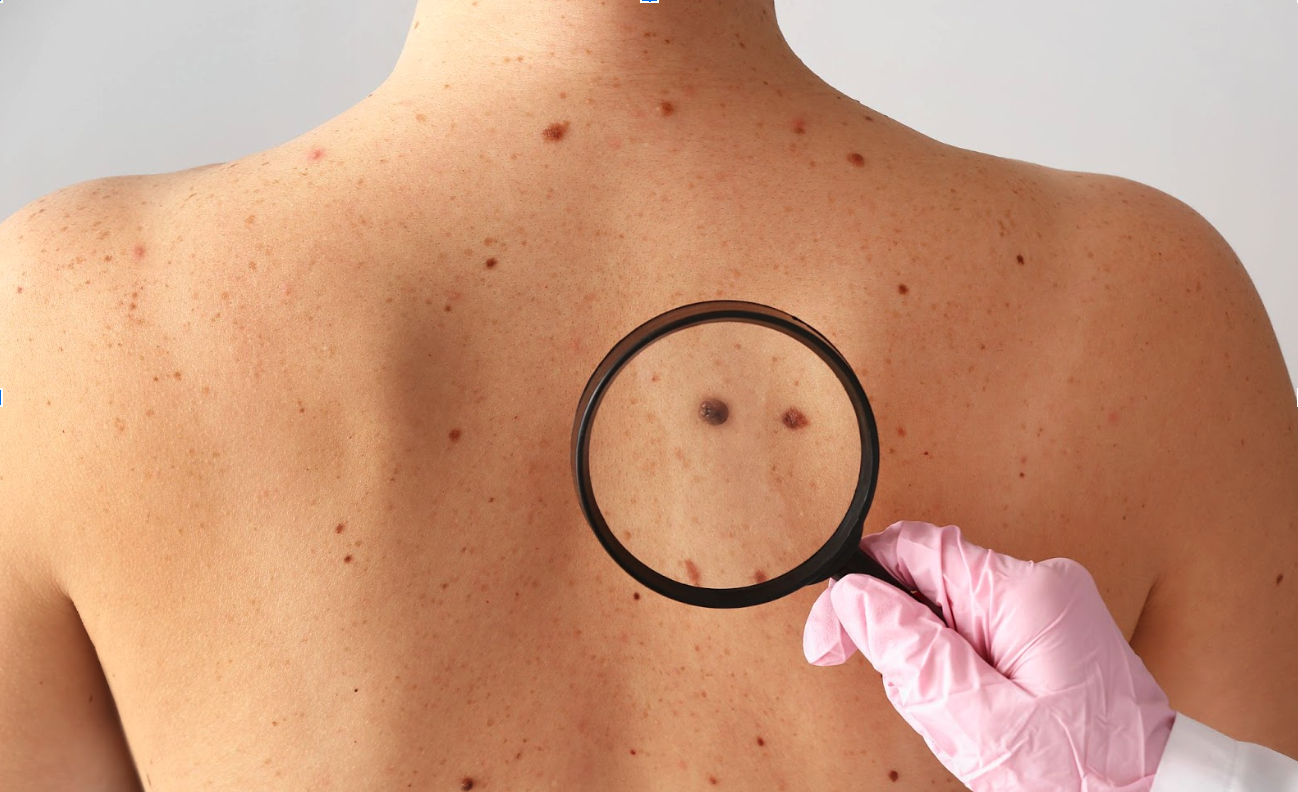
What is skin cancer?
Skin cancer happens when damaged skin cells begin to grow and divide abnormally. Over time, these abnormal cells can form tumors. Some stay local and affect only the skin, while others have the potential to grow deeper or spread to other parts of the body.
There are three major types of skin cancer: basal cell carcinoma, squamous cell carcinoma, and melanoma. A fourth category, actinic keratosis, is considered precancerous but still requires attention.
Actinic keratosis (precancerous lesions)
Actinic keratosis is a rough, scaly patch that develops on skin that’s seen a lot of sun over the years. These spots are most common on the face, scalp, ears, neck, arms, and hands. Though not cancerous themselves, they can develop into squamous cell carcinoma if not treated.
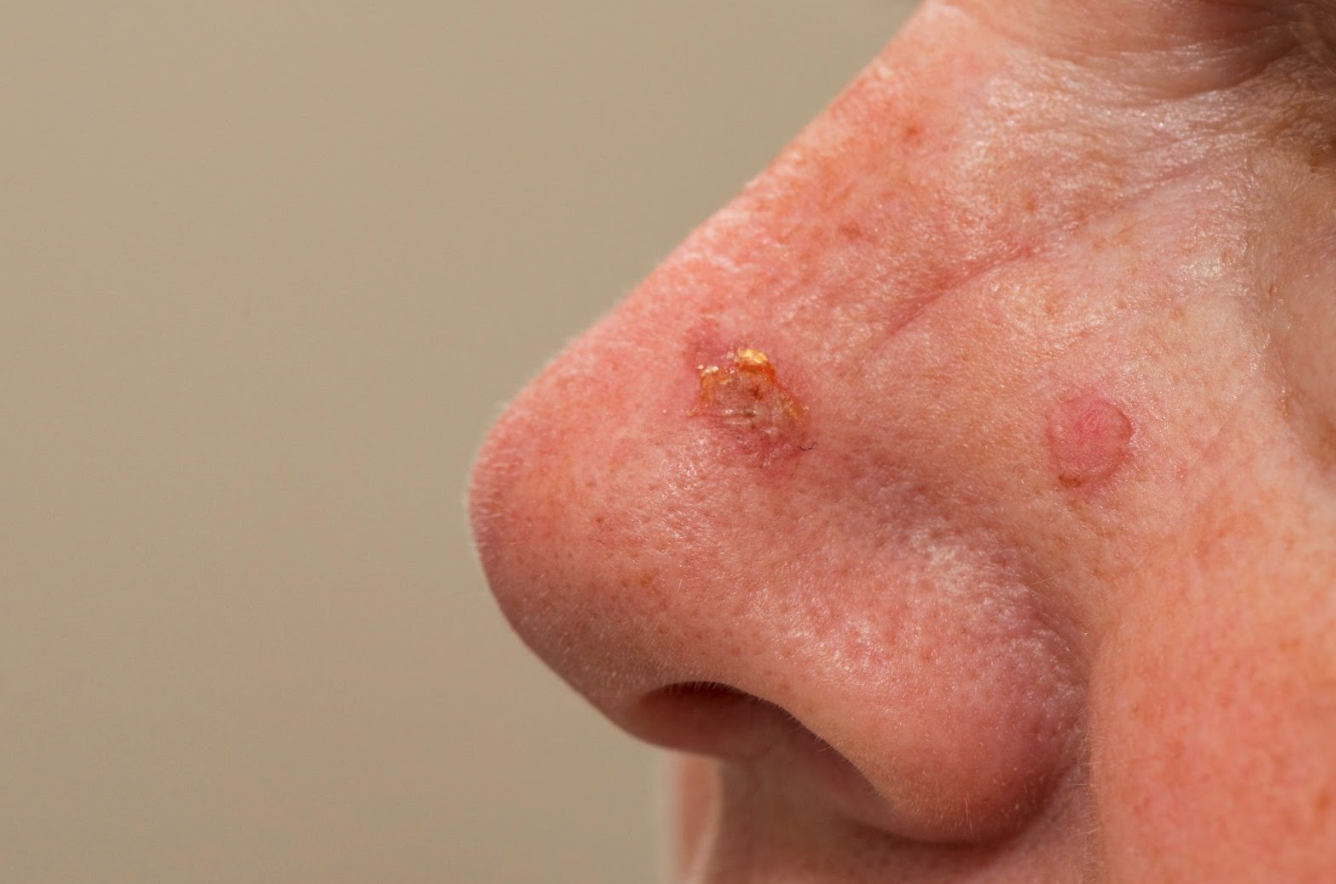
- Dry, rough, or scaly patches of skin
- Pink, red, or skin-colored areas
- Spots that are flat or slightly raised
- Areas that feel tender or irritated
- Use broad-spectrum sunscreen with SPF 30 or higher
- Avoid sun exposure during midday hours
- Wear protective clothing and a wide-brimmed hat
- Skip the tanning beds
- Cryotherapy (freezing the lesion)
- Topical medications (creams or gels)
- Photodynamic therapy
- Chemical peels or laser treatments
- Minor surgical removal
Squamous cell carcinoma (SCC)
Squamous cell carcinoma is the second most common form of skin cancer. It develops in the squamous cells found in the outer layer of the skin and usually appears in areas exposed to the sun. SCC can sometimes spread if not treated.
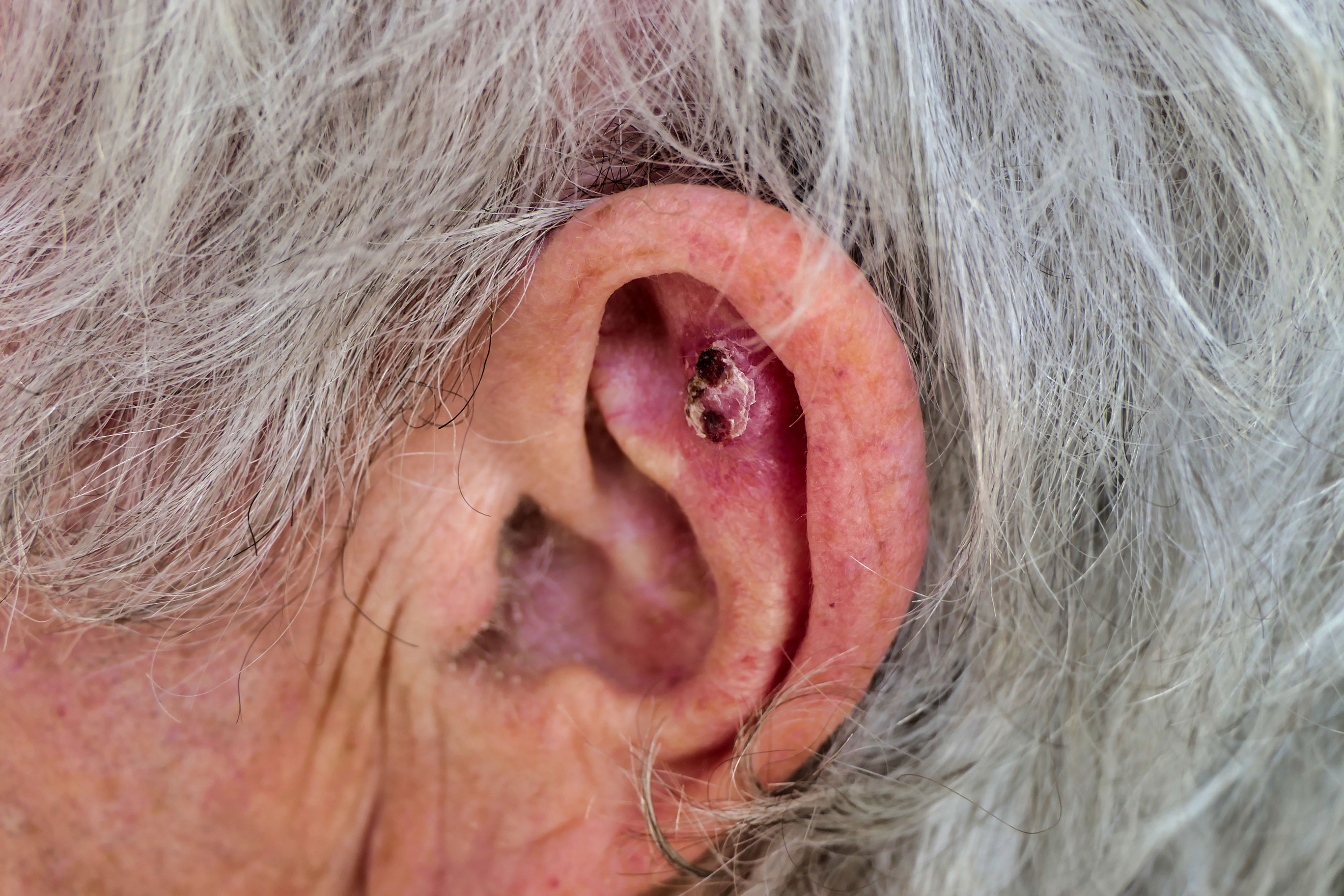
- Scaly red patches
- Open sores that don’t heal
- Wart-like growths
- Thick, crusted, or raised bumps
To confirm a diagnosis, your dermatologist may perform a skin biopsy. If SCC is found, treatment is typically surgical. Other options depend on the size, depth, and location of the cancer, as well as your overall health.
Common treatments include:
- Surgical removal
- Cryotherapy
- Electrosurgery
- Topical treatments
- Mohs surgery for more delicate areas
When found early, squamous cell carcinoma has a very high cure rate.
Basal cell carcinoma (BCC)
Basal cell carcinoma is the most common type of skin cancer—and the most common cancer overall. It grows slowly and rarely spreads, but it can cause significant local damage if left untreated.
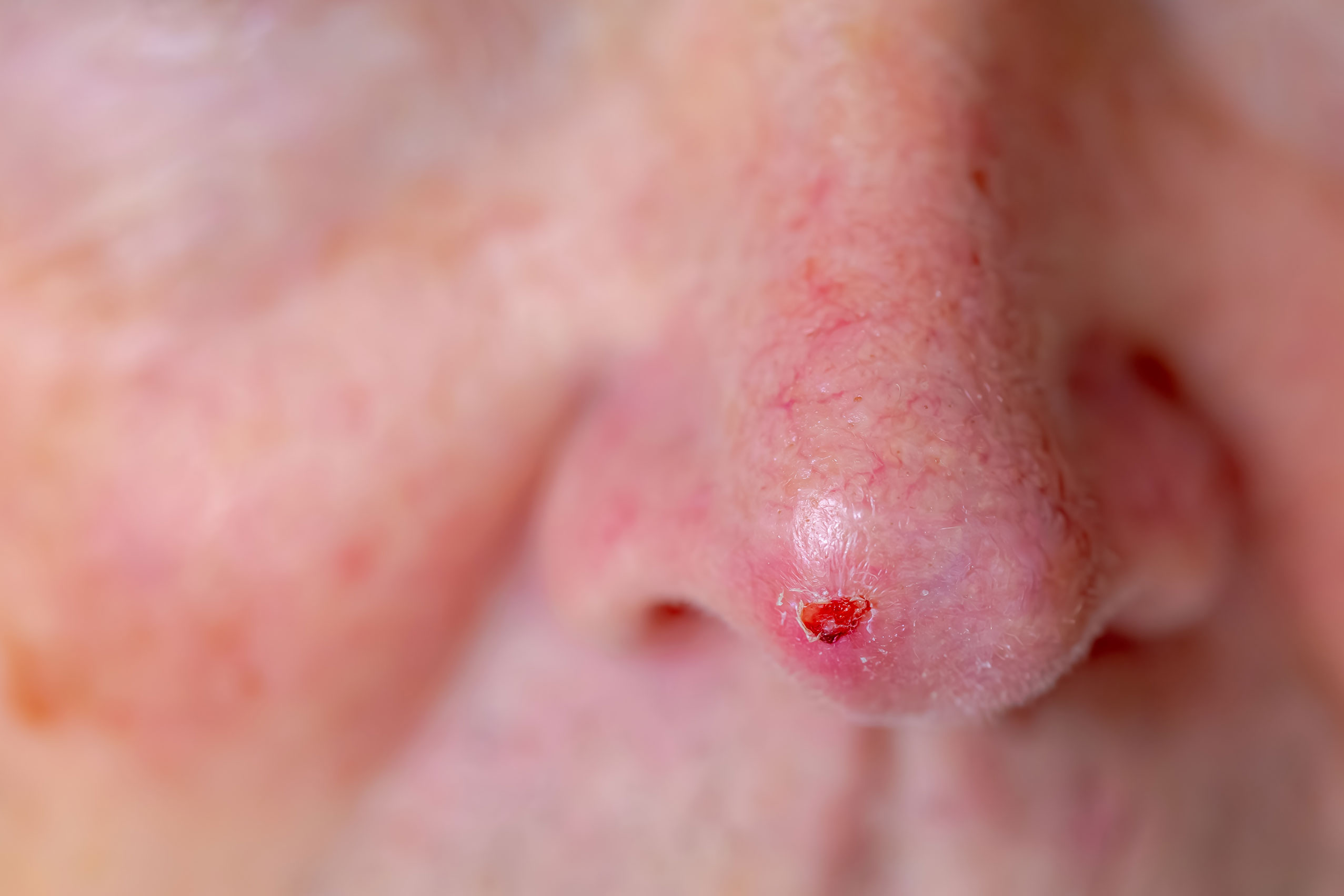
- Pearly or waxy bump
- Flat, scar-like area
- Sore that heals and reopens
- Pink growth with a rolled edge
- Frequent sun exposure
- Fair skin or light eyes
- History of sunburns or tanning bed use
- A personal or family history of skin cancer
- Surgical excision
- Curettage and electrosurgery
- Cryotherapy
- Topical creams
- Mohs surgery for high-risk areas
When treated early, basal cell carcinoma has a cure rate of over 95 percent.
Melanoma
Melanoma is the most dangerous type of skin cancer. It starts in pigment-producing cells called melanocytes and can spread quickly if not caught in time. While it accounts for a small percentage of skin cancers, it causes the majority of skin cancer deaths.
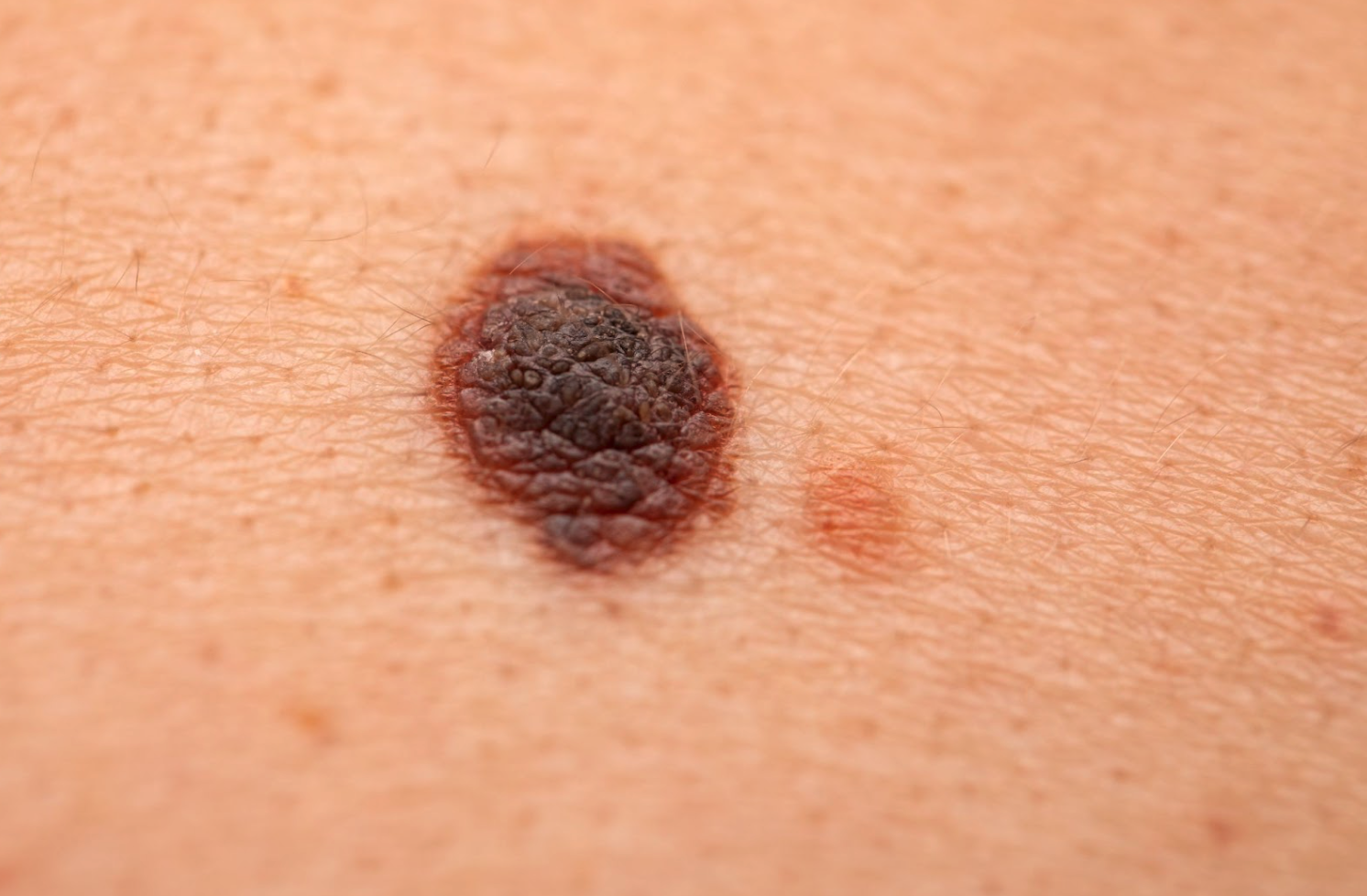
- Asymmetry: one half looks different than the other
- Border: edges are uneven or notched
- Color: multiple shades or unusual colors
- Diameter: larger than 6 mm (about the size of a pencil eraser)
- Evolving: any change in size, shape, or color
- Fair skin
- A large number of moles or unusual moles
- Family history of melanoma
- Past history of blistering sunburns
- Use of tanning beds
Melanoma is diagnosed by biopsy. If confirmed, treatment usually begins with surgical removal. More advanced cases may involve lymph node testing, immunotherapy, or targeted therapies. The treatment plan depends on the depth and stage of the cancer.
When caught early, melanoma has a five-year survival rate of nearly 98 percent.
Diagnosing and treating skin cancer in our office
We offer full-service skin cancer care, including:
- Skin checks and exams
- On-site biopsies
- Coordination with dermatopathology
- Surgical and nonsurgical treatment options
- Ongoing follow-up care
Whether you have a concerning spot or a confirmed diagnosis, we’ll walk you through your treatment options and help you make informed decisions about your care.
When to see a dermatologist
Make an appointment if you notice:
- A new mole or dark spot
- A sore that doesn’t heal
- A lesion that bleeds, crusts, or changes
- Any skin change that concerns you
Regular skin checks—especially for those with fair skin or a history of sun damage—can catch skin cancer early when it’s easiest to treat.
Schedule your skin check with Callahan ENT
If you’re concerned about a spot on your skin, or it’s simply been a while since your last skin check, now is a good time to schedule an appointment. Early detection makes all the difference when it comes to treating skin cancer effectively. We’re here to answer your questions, evaluate any changes, and provide personalized care if treatment is needed.
